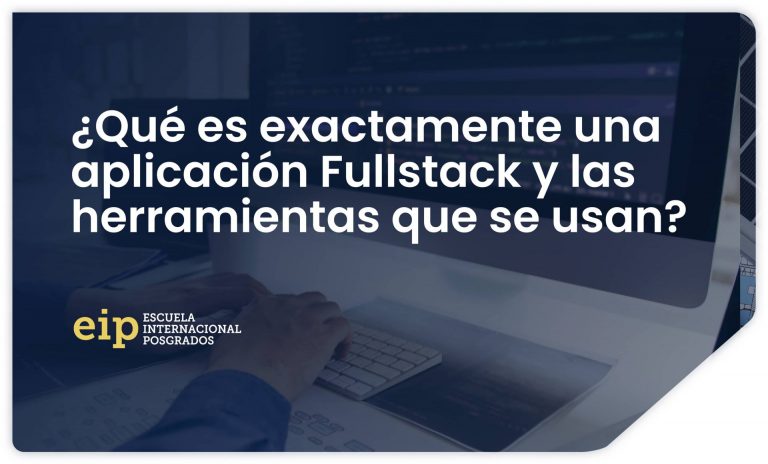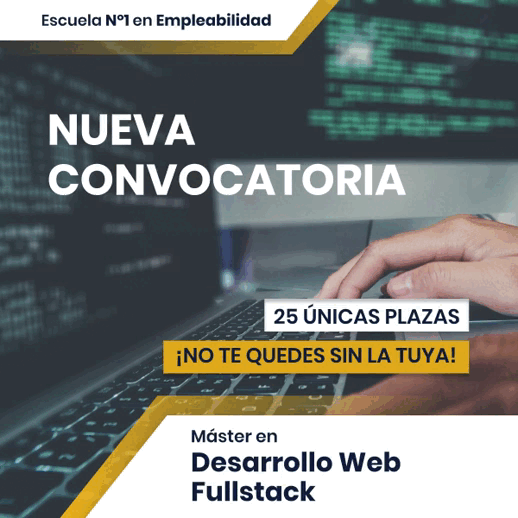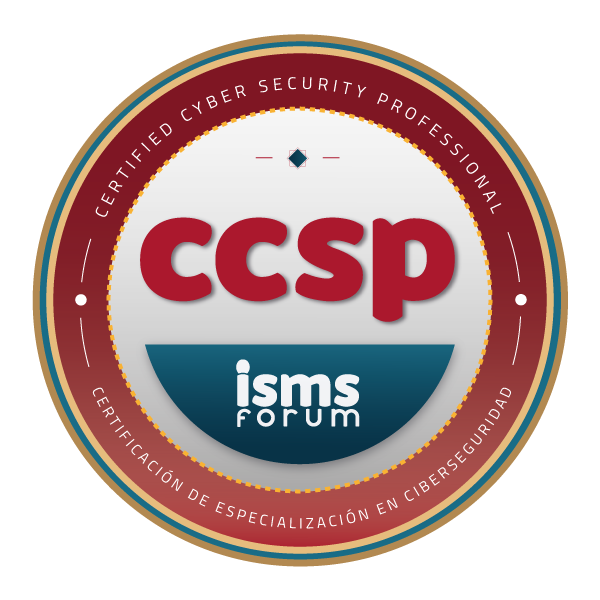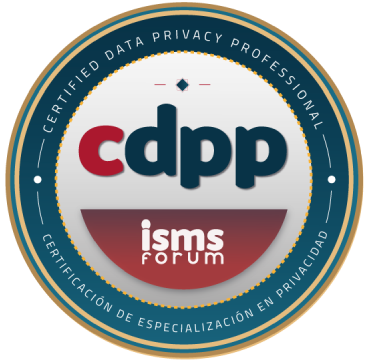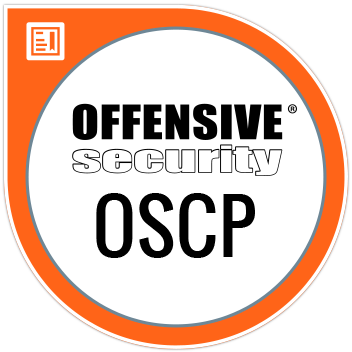In short, it is an application that includes from the front-end until the backend and can be: a front-end “client” (a website), and a back-end “server” (server).
Fullstack app
We're talking about building an application that combines those two parts into a coherent whole. Most application development is web-based (where "web" doesn't necessarily mean something available on the public internet, but rather something built with web technologies like HTML, JavaScript, and CSS).
To do this, it can be done in many ways, but today we are going to talk about some of the options.
Tools to develop a Fullstack application
The first thing is to decide if the development will be executed as microservices or in monolithic mode.
Once the above has been decided, we will have to make several choices about how to execute the development and carry out the implementation of the project.
We can use react, which is one of the most popular libraries for building clients today.
Node.js, which is a popular choice for back-end development, without requiring deep server knowledge. But a good Fullstack developer masters the installation and best use of servers, databases and services in the Cloud.
TypeScript, a language that improves JavaScript, helps us improve our coding on both sides. You must ensure that the code is secure and resistant to possible attacks.
We can use several tools that relate to all this, e.g. webpack. We will have to know some strategies to connect the client to the server, including REST and WebSockets.
Also, we will have to know how to package applications using the popular Docker.
We must not forget that every project must document all the code well, and know popular tools such as Github.
All of this will have to be managed in some way, especially when several programmers work on the same project; For this we have surely used the SCRUM methodology.
In short, a Fullstack developer knows and knows how to handle everything that good web development entails.

